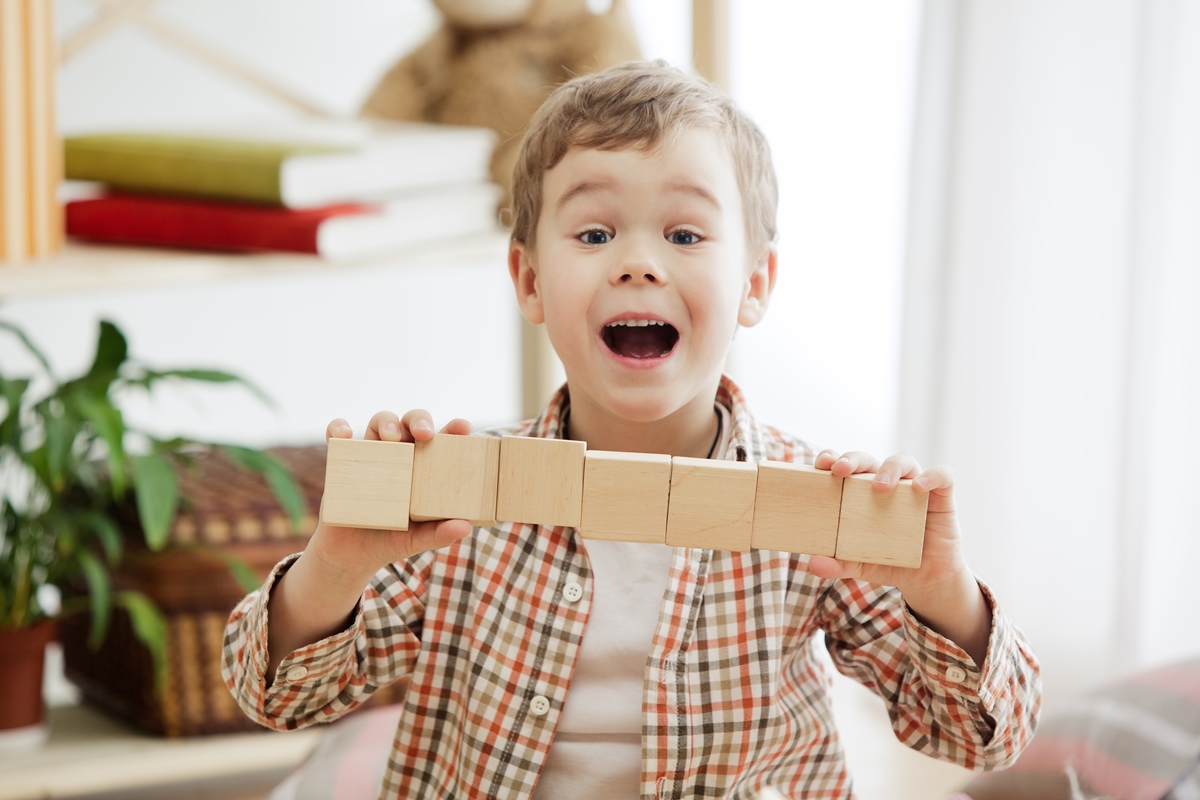In an ordinary year, a child’s entrance into kindergarten is a major milestone for students and their families. The transition can be filled with trepidation, anticipation, eagerness and uncertainty. Some kids enter more prepared than others, with more support and more exposure to formal educational settings. Other children will have experienced nothing like it before.
Even under the best of circumstances the transition to kindergarten can be challenging for many children and families.
Many of those children may lack the school readiness that their older peers were afforded in kindergarten, due to the pandemic’s impact on social interactions and structured learning experiences.
Under normal circumstances, children will enter kindergarten classrooms with different learning needs and at different levels. That will be even more pronounced this September, as many children won’t have seen the inside of a classroom in over a year or have socialized with other children.
Educators need to be equipped and prepared to address children’s different learning and developmental needs. Classrooms will need to look differently and feel differently.
Key to success will be aligning with families about where each child is developmentally and what they need. When kindergarten can be more connected and aligned to children’s previous early childhood experiences, that’s just all the better and more helpful to create a smoother transition.
Alignment between preschools and elementary schools was a challenge for transitioning kindergarteners well before the pandemic.
One of the challenges educators will likely face, is setting realistic expectations for where students are developmentally, academically and social-emotionally when they enter kindergarten.
Sitting for extended periods, sharing, waiting their turn, walking in a line -those things are going to have to be remodeled and retaught. Those expectations need to be in place to give space and time for that from the beginning and for building community in the school and strong relationships in the classroom.
